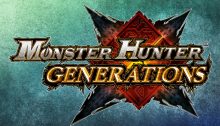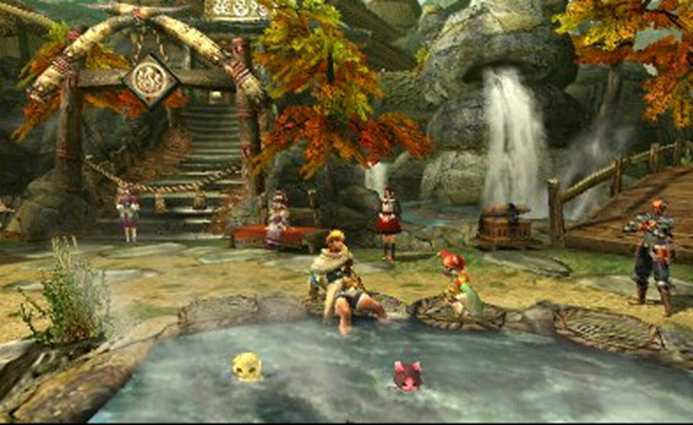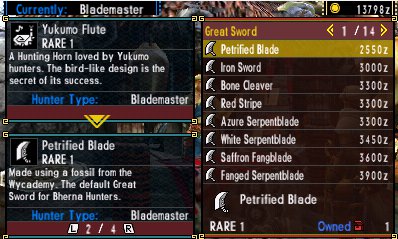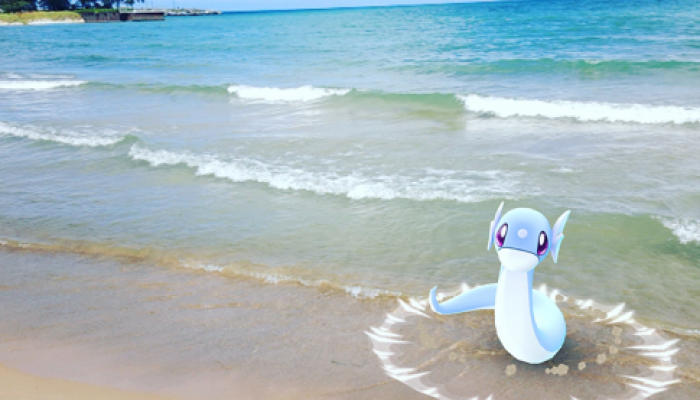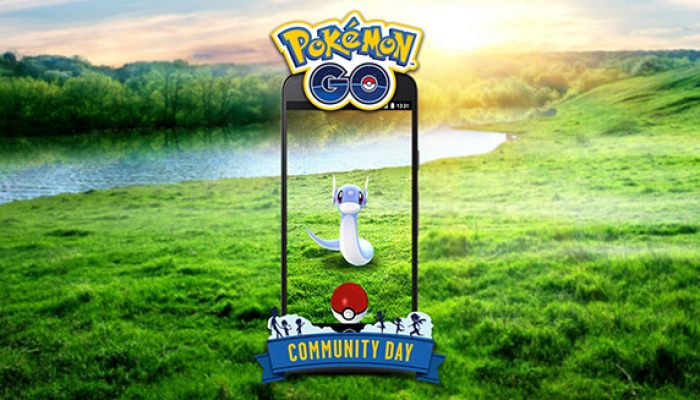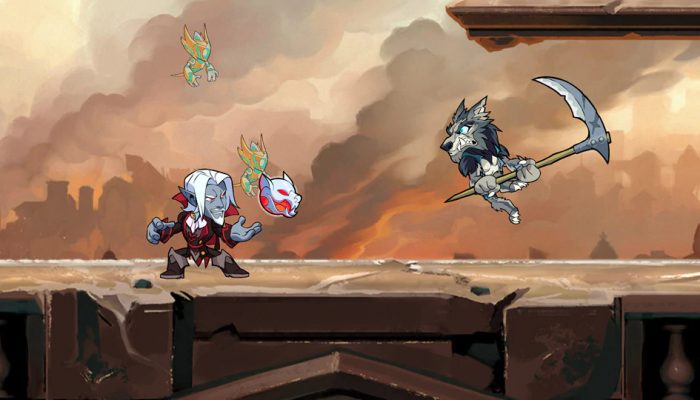 On why Monster Hunter Cross became Monster Hunter Generations.
On why Monster Hunter Cross became Monster Hunter Generations.
☆ NintendObs Weekly – Monday, May 23, 2016 – Sunday, May 29, 2016.
Monster Hunter Generations Localization Notes Part 1 – Title and Process
MAY 27
Hello everyone! My name is Marco Bombasi, one of the Localization Directors in Capcom Japan’s Global R&D department. I’m here to give you a peek into the development and localization of the latest title in the Monster Hunter series, Monster Hunter Generations! This is a very special title, packed with tons of new content and gameplay features. There’s a lot I have planned to share with you, so I’ll be posting a few times over the course of the next few months leading up to the game’s release on July 15!
Before we get down to the nitty-gritty, this is my first post on Capcom Unity, so allow me to tell you a little bit about myself. I started at Capcom in 2011, and have worked on titles such as Asura’s Wrath and Dragon’s Dogma: Dark Arisen. My first foray into the Monster Hunter series was with Monster Hunter 4 Ultimate, where I worked as a content direction and translation lead. After MH4U wrapped up, I was given the opportunity to take on the challenge of Localization Director for MHGen, so here I am! The localization for MH4U set the bar pretty high, so I had my work cut out for me with this title. But, now that the game is almost finished, I’m really happy with how the localization quality came out! I hope you feel the same once you get your hands on it this summer.
Now then! Let’s get into the good stuff, shall we? Monster Hunter Generations was a beast (or monster, if you prefer) of a game to localize, so I’d like to give you a look into the development process, some of the issues we faced, and how we went about localizing certain terms. Fortunately, a lot of the standards we established inMonster Hunter 4 Ultimate carried over to MHGen, so we had a solid foundation to start with. Andrew Alfonso, the Localization Director for MH4U, goes into detail about these in his blogs from last year, so I highly recommend reading them if you haven’t done so already! No, really, go ahead. I’ll wait.
…
…All finished? Interesting stuff, right?
With each new installment in the series comes new challenges for localization.
First Order of Business
We started planning the localization for Monster Hunter Generations back in December 2014, as development on MH4U was winding down. We began having meetings with the development team to get an idea of the overall scope of the game, how much text there would be, what kind of time frame we had to work with, etc., so we could start mapping out our schedule. In the midst of all that, our first official request came from the producer. Our mission: localize the game’s title! We were given the following conditions for coming up with the international title:
1) Needs to match the game content.
2) Must be clear that it is not a numbered entry in the series.
3) Needs to be understandable in North American and European regions without translation.
As I’m sure you know by now, the official Japanese title for the game is Monster Hunter X. I don’t know about you, but when I first saw this, I read it as “Monster Hunter 10.” I knew that couldn’t be right, so my second guess was the letter “X” (as in Mega Man X). Of course, I learned soon after that it was pronounced “cross,” to symbolize the crossing of both the returning and new elements in the Monster Hunter series. But given the conditions above, we couldn’t leave the title as is. We threw ideas back and forth and consulted with our friends at Capcom USA and Capcom Europe to see what would work best for both regions. Suggestions such as “Monster Hunter Tribute” and “Monster Hunter Unity” came up, but in the end we felt that Monster Hunter Generations summed up the game nicely, as it encompasses content from various games in Monster Hunter history.
A Decade in the Making
As I mentioned earlier, Monster Hunter Generations is packed with new content. Additionally, many monsters, NPCs and locations from previous titles will be appearing in the game, including some from Monster Hunter games that were never localized before! For the first time ever, you’ll get to visit Yukumo Village, where you can relax at the Yukumo Footbath before venturing out to take on the elder dragon, Amatsu (アマツマガツチ [a-ma-tsu-ma-ga-tsu-chi] from Monster Hunter Portable 3rd). Of course, you could also pay a visit to the footbath after, if that’s your thing. Personally, I’m more of a footbath-before-hunt kinda guy.
I love me a good footbath. But what did all this mix of content mean for localization? Well, it meant we had a looooot of legacy text to polish. We were dealing with text from previous games that each had different character limits and localization standards at the time they were developed, so the quality level of reusable text was all over the place. We spent a total of about three weeks sifting through it all, updating it to our current standards and unifying naming conventions for consistency. The majority of these changes were made to weapon/armor names and their descriptions. In some instances a quick touch-up did the trick, but in others the text needed to be rewritten completely. We do have our own in-house localization tools to help us check quality and iron out inconsistencies, but it’s still quite a time-consuming process to get everything up to the same level of quality, especially given the amount of text in the game (there’s a lot more than you might think!).
A lot of the UI was redesigned for MHGen, which meant any text that we touched up and used from MH4U wouldn’t fit as is. We wanted to avoid sacrificing quality by rewriting the text just so it could fit within a text box, so we negotiated with the dev team to see if it was possible to either increase the UI size or decrease the font size to make the legacy text fit.
Unfortunately, enlarging the UI limits was out of the question. There was just no extra space on the screen. Increasing the UI size in one area would mean shrinking it in another, and that would just cause all kinds of problems. We tried decreasing the font size next, but shrinking it to a point where all the text fit made the text too small to read. The hard truth sunk in—we needed to shorten some of the text. We played around with different font sizes, and luckily found a balance where the text was readable, and only about 5% of the legacy text exceeded the character limit. As a result, we were able to fit the majority of any reusable text from MH4U within the new limits without sacrificing quality.
There you have it! Your first behind-the-scenes look at the localization of Monster Hunter Generations! Next Friday, I’ll talk about how we came up with names for some of the new monsters you encounter in MHGen.
— Marco at Capcom
Source: Capcom Unity.
At NintendObserver, the comments are on Discord.
Click on Community to learn more. 🙂
…
…Wanna play? Buy a 3DS.
And if you’ve already got yours, click on Monster Hunter Generations for everything you need to know about the game. 😀
